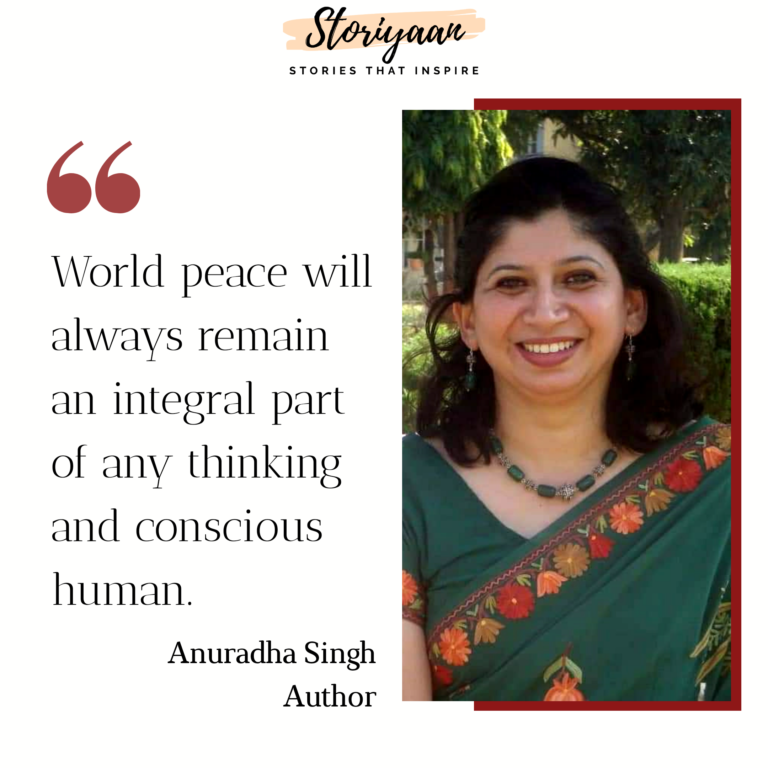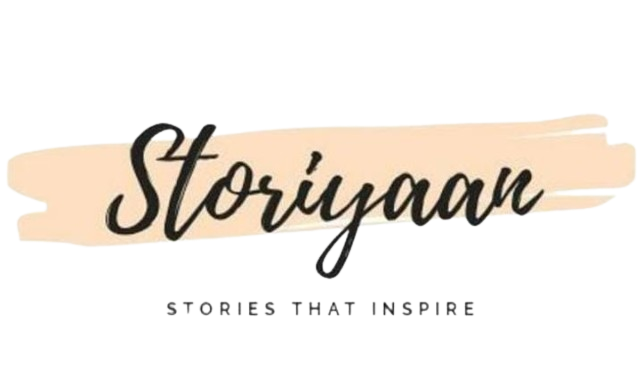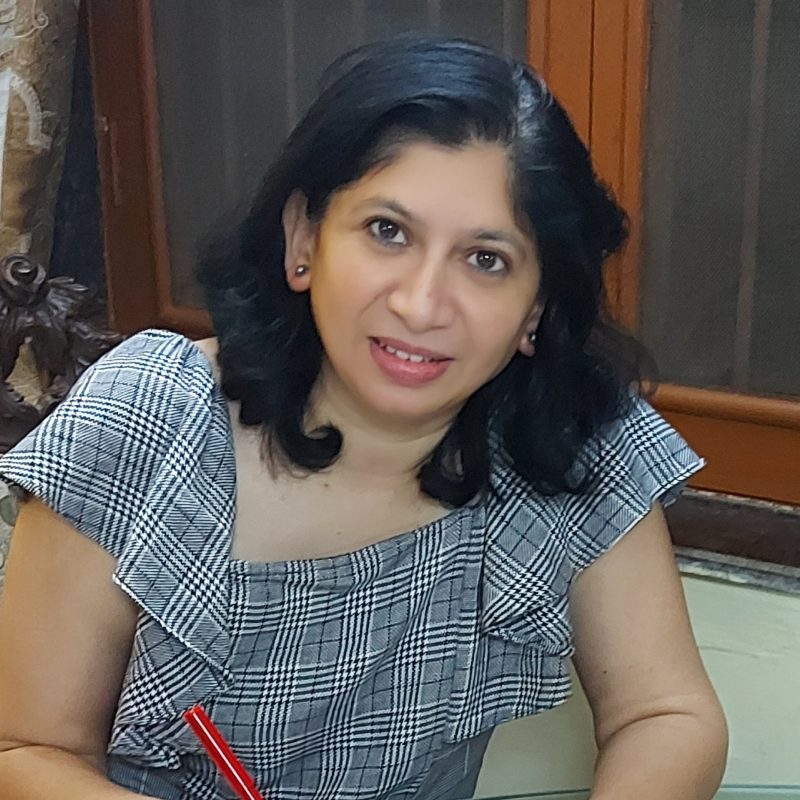An educator, writer, mother, and a wife – Anuradha Singh’s writings are a perfect amalgamation of fiction and realism. Anuradha pours her heart out through her pen and in her blogs and books. Being a post-graduate in English Literature and then working as a teacher, writing poems, travelogues, articles and novels, came naturally to Anuradha Singh. Anuradha’s books have received much acclamation from the readers who have been captured by her innovative style. A mother of two boisterous boys and the wife of an army officer – Anuradha, a traveler has explored India from every direction and successfully recorded her experiences, thoughts, and emotions as the “strings of her heart”. Read further to know more about Anuradha Singh.

Interview
Questions and answers
Anuradha, You have worked in the field of academics for 18 years. How did you find your line of profession soul-fulfilling?
Since times immemorial, the profession of teaching has been regarded as a noble job. I love being among the youngsters – enjoying their laughter, giggles, and funny shenanigans. I feel a surge of energy when I’m around them. Their high spirits are almost contagious, and it fills me with happiness to prepare myself to deal with their queries and impart them knowledge. I have missed them terribly during the lockdown.
What was the key motivation behind starting your blog?
Initially, I kept my thoughts and ideas on paper and diaries. When I decided to organize my writings and lend them some parity, I was stuck with the idea of starting my blog and gradually began to take it more seriously. But recently, I have not had much time to update it every day. It is my new year resolution now to write something regularly.
You mentioned that you are a new-age gypsy. In all the places you travel to, what is it that you look to make yourself feel at home?
I do not look up to the external world to make myself feel at home. Wherever my husband is, if I get to stay with him, it becomes my home. I have always enjoyed the food, the people, and the aesthetics of Punjab; the hills, valleys, and the pine trees of Kangra; the peacocks and deserts of Rajasthan. As long as I’m with my family, I can make any place my home.
You have a plethora of personas- mother, wife, educator, and writer. Which of these do you find the most daunting, and how does each role complement the others?
Each role is very different from the other but imparts experience. The educator in me needs a lot of patience; motherhood imparts care and warmth, which is reflected when I deal with my class. The wife in me has cultivated the value of taking responsibility. Right now, the daunting part is looking after my two naughty sons. When I was writing my book, it was a challenge for me as it was a different genre. Each role is daunting but equally rewarding.
You have penned a number of poems, including "Lost and Found in Digital Era." Could you tell us about your own journey of being lost and found in this digital era?
I love writing about the unique, intriguing, as well as mundane experiences of my daily life. I stepped into the digital world 10-15 years ago, which helped me get in touch with my friends who had settled abroad. Since I started posting online, I have received an overwhelming response to my work. I believe it is artists’ age, and no one would go unnoticed if they put their work out in the open. You will also find many helpful people who would help you with their knowledge. I have certainly lost and found myself in the digital world.
"World Peace Anthology" is another gem from your treasure trove. Tell us about your views on the necessity of world peace when the earth is still healing from a pandemic.
World peace will always remain an integral part of any thinking conscious human. In today’s time, because of the pandemic, world peace is of optimum importance – not just physical peace but also mental peace. People have become depressed, frustrated, and demotivated. We must try to heal our minds first; only then can we deal with external factors.
Your first book, 'The Mysterious Windows of Mehboobpura,' has received much acclamation from the readers. How did the idea of an ordinary woman of extraordinary courage fighting rampant social evils mirror your own ID?
There is always a strain of the writer in whatever he/she writes. I, too, have lent the character some traits of mine, even though I’m not as brave as she is. I believe God has created everyone identically but what we turn out to be is completely in our own hands. Some people like to lead a quiet life, while others like to showcase their talents and achieve something extraordinary. That is what I have tried to capture in my book. Kryptonites are there in Marvel and DC comics; earth-dwellers had always tried to help each other when the time arose, and that is what I have tried to portray.
Your narrative technique abounds in realism. How big a role does that play in connecting you, the author, to your readers?
I like to include realism in my fiction. Fiction can be accepted by the reader only if it is realistic. Even in historical fantasies, I have included realism through extensive research and ‘The Mysterious Windows of Mehboobpura.’ As a result, I have had numerous people ask me if I had written the book from a true story. I find it to be my trophy, to be able to keep people engrossed in the novel and made them feel like it is a real story. That is how realism bonds me with my readers.
Your second book, "A Song of Life," is a unique attempt at a poetic retelling of Mahabharata. How did you conceive the idea of such a piece of work?
It was my mother who helped me conceive the idea. She recites the two shlokas, in which she has summarised the entire Ramayana and the entire Mahabharata, respectively. One day as she was reciting them to my sons, I decided to do something similar. To hold the attention of children and get them interested in poetry, I decided to write Mahabharata in a concise, lucid, poetic format.
There have been several instances when authors have drawn from the original epic to form their own versions of it in various narrative styles. What is it about the epic that drew you to form your own unique narrative from it?
I believe that Mahabharata is a life-commentary comprising of all aspects of life. It is entertaining and immortal. Even today, children get engrossed in it when told beautifully. One cannot just pick one episode of the epic over the other. My idea of writing was to encourage children to be interested in the original text after reading my book.
Your novel 'Ayasam: The Epic Tale of King Gavi' is based in the pre-Vedic era. What sort of research had to understand the historical, social, and political intricacies of the age?
It took me almost two years of research to write the book. If I segregate the research and the writing part, I think the writing tenure was lesser than the former. To create the correct ambiance of the time, geography and society, politics and life – to bring realism into my writing, I went through numerous books, thesis, websites, and articles on the Saraswati Valley civilization and also the shlokas about the Saraswati valley civilization in the Vedas.
Throughout the entire process of the conception of the idea to its final publication, what is the greatest difficulty that you had to face?
I find bliss in the phase when I am writing the book and researching. But the time I absolutely dread is where I have to search for a good publisher and to promote the book. Most of the big publishing houses are a little reluctant to publish new authors, despite how good the story is.
Quick 5
a. Favorite genre of novels- Historical Fiction
b. One book to movie adaptation that you loved- Gone with the Wind
c. Favorite author- Khalid Hosseini, Ranjit Desai
d. The first book that you read- Windmills of the Gods
e. Your greatest muse- Myself

